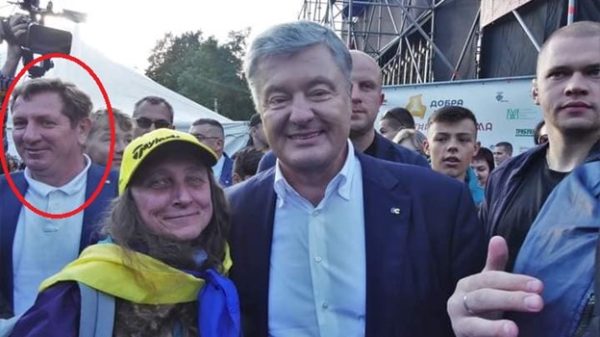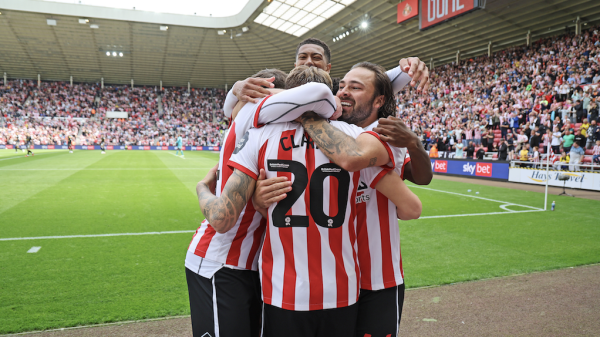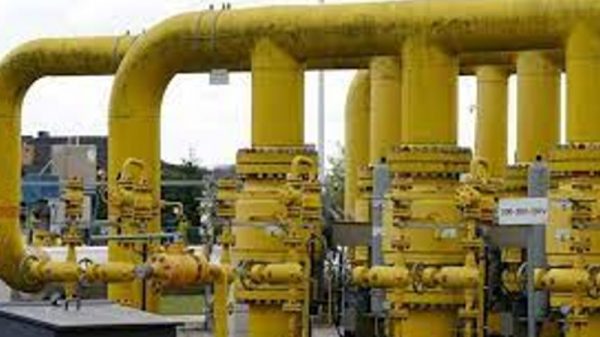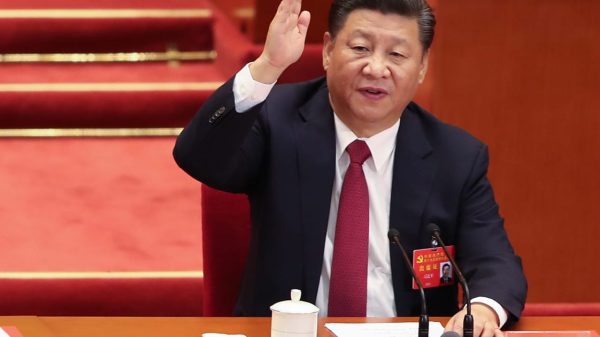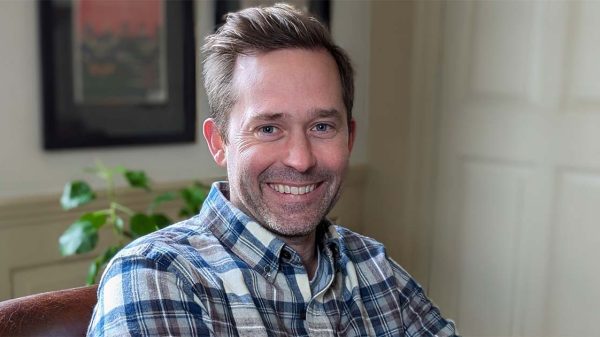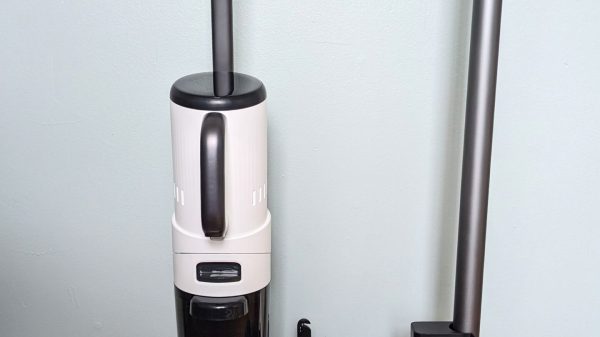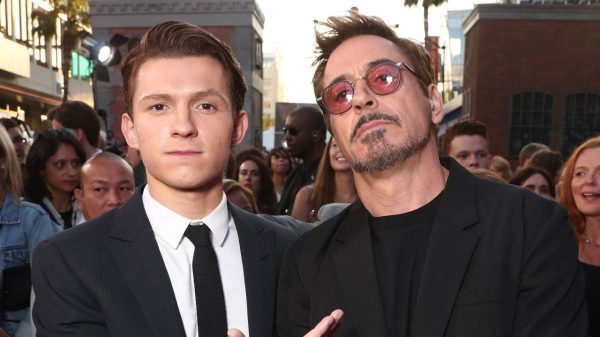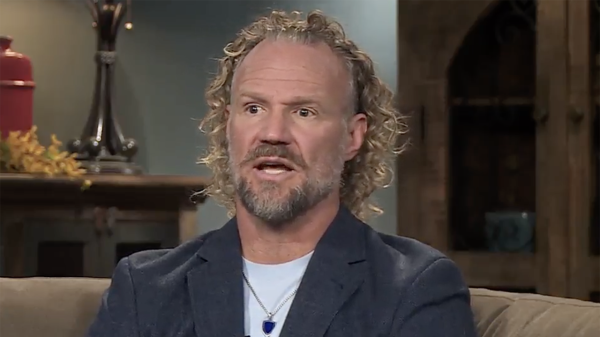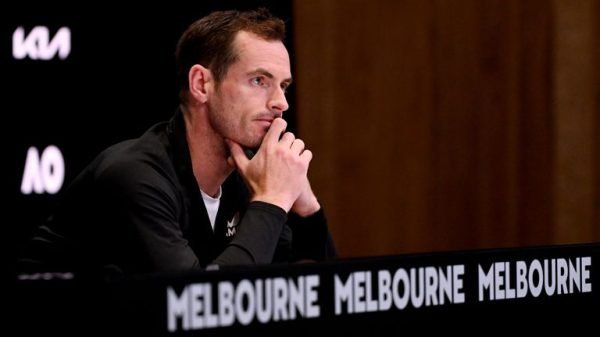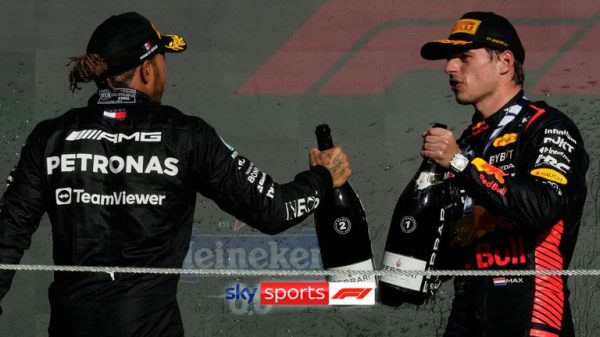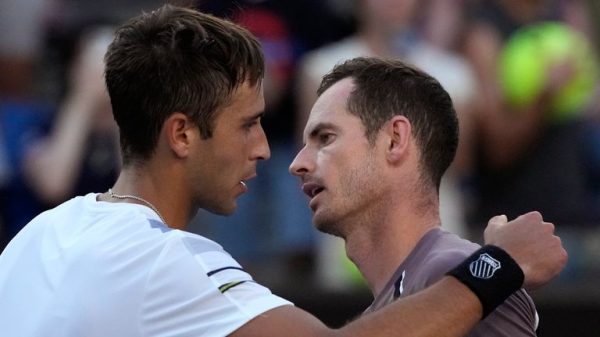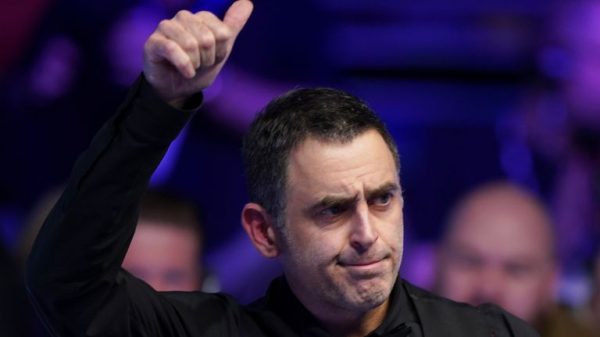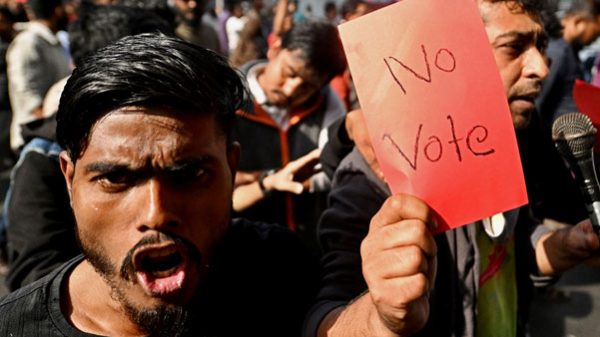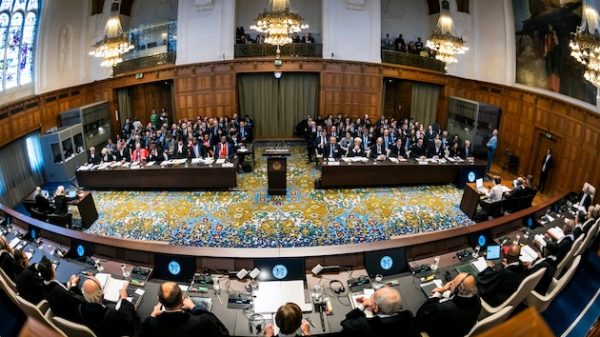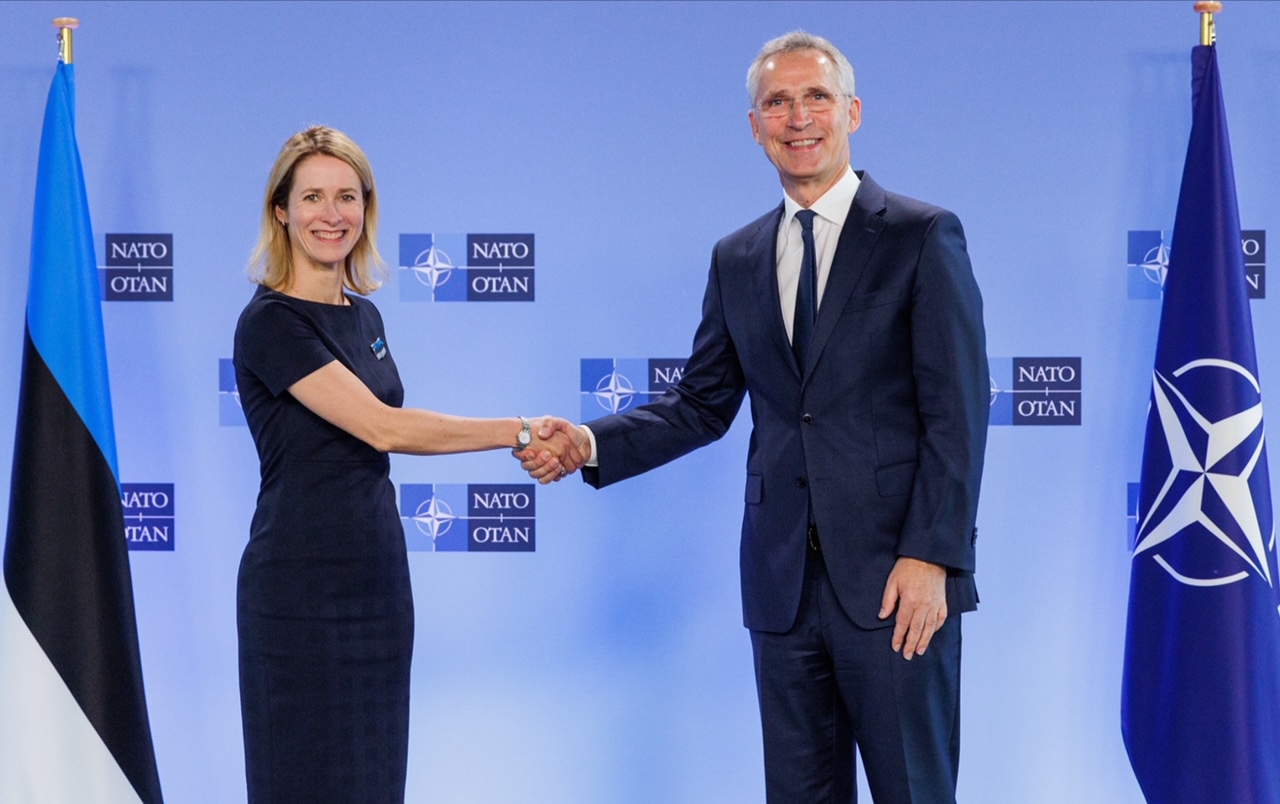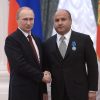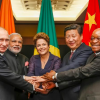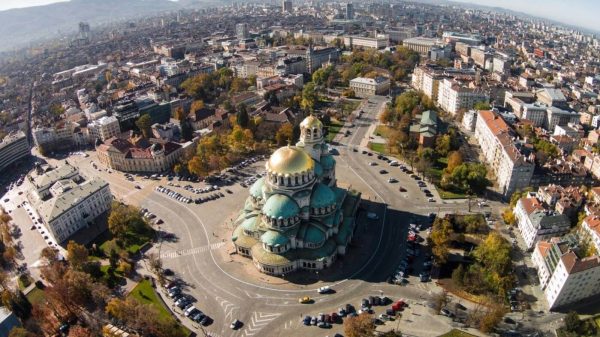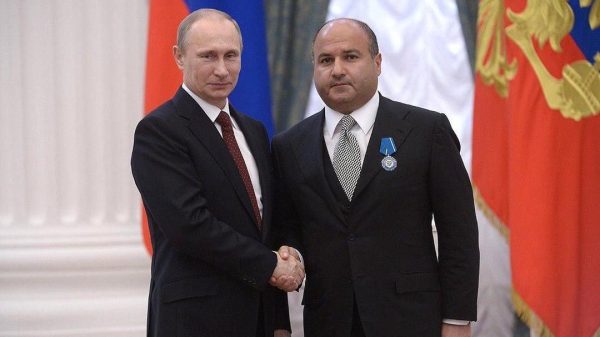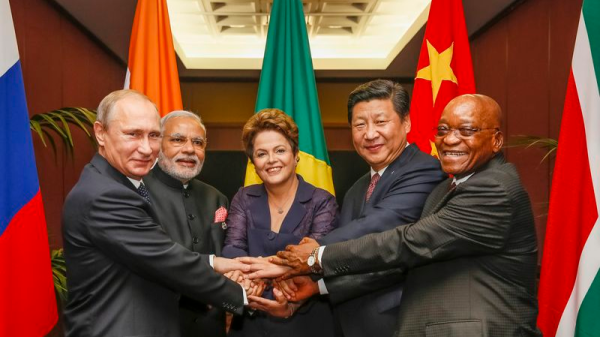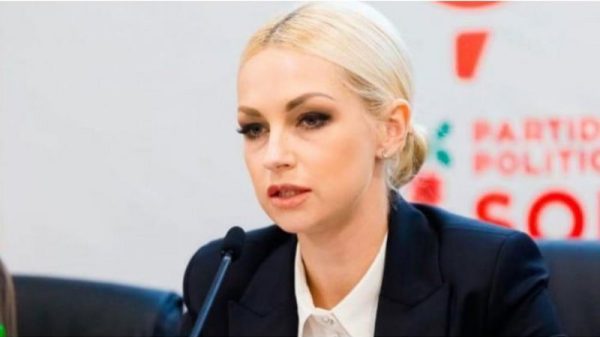It has long suited Vladimir Putin to present NATO as an over-mighty military alliance, obsessed with destroying Russia and pushing ever-further into the post-Soviet space. But whatever his rhetoric, the real danger is that he actually sees NATO as weak and divided, as a bunch of squabbling democracies that are unwilling to find the money to properly defend themselves and without even the capacity to manufacture enough weapons to fight, writes Political Editor Nick Powell.
As Russia continues to rain death upon the people of Ukraine, it can seem almost inappropriate to examine its largely symbolic actIons against a country that enjoys the security of NATO and EU membership. But the Kremlin’s announcement that the Estonian Prime Minister, Kaja Kallas, is a wanted woman under Russia’s criminal code illustrates something of Vladimir Putin’s thinking.
To take it at face value first, the charges against Kallas and other Baltic politicians reflect a longstanding Russian grievance about the removal of Soviet war memorials in Estonia and elsewhere. As so often, historical narrative is at stake. Do the memorials commemorate the Red Army’s bravery against the Nazis or glorify a Soviet regime that conspired with Hitler to destroy the Baltic States’ independence, enslaved them and then failed to defend them before returning to impose a tyranny that lasted for decades?
Given everything that Putin has said about Stalin and the Soviet Union’s role in the Second World War, it is unlikely he is capable of recognising that what he proclaims to be historical truths are in fact at best a contested version of events. More concerning is his reluctance to recognise that whether he likes it or not, the vanishing war memorials are on the territory of another sovereign state.
And not just a sovereign state but NATO member state. With Finland and Estonia now both members, the alliance is portrayed by the Kremlin as having practically reached the gates of Saint Petersburg. Not that Russia truly fears an invasion.
It’s not just that NATO is a strictly defensive alliance but there have been far too many signals that it might not be as effective in that role as it once seemed. Far from being the rapacious and monolithic force of Russian propaganda, its weaknesses are plain to see.
NATO’s European members have failed collectively to spend enough on defence and left themselves with a shocking shortfall in military capability, most starkly illustrated by their inability to manufacture sufficient quantities of the shells and other weaponry promised to Ukraine. That has given Putin hope of at least holding on to the territory he has seized.
It has also created at least room for doubt as to whether every NATO member would do its duty under article five of the North Atlantic Treaty and come to the aid of another member under attack. In a sense, that doubt has always been there but was overridden by the apparent certainty that the United States would come to the aid of each and every ally.
Donald Trump is not the first or only American politician to suggest that should no longer hold true but he’s become the loudest voice making the argument. He sees it as intolerable that other NATO members rely on the USA funding the biggest defence budget the biggest share of its GDP. Of course, it also spends a bigger chunk of its defence budget outside the NATO theatre of operations.
In fact, Poland has now surpassed US defence spending when measured by share of GDP. So presumably if President Trump is restored to the White House, it would not fall into his classification of ‘delinquent’ NATO members unworthy of assistance if they are attacked -and which Putin is welcome to attack according to Trump’s rhetoric.
Estonia is also comfortably above NATO’s defence spending target of 2% of GDP but nevertheless is rightly nervous about the suggestion that the United States can pick and choose between NATO allies. If Russian forces swiftly overran such a small country, would the Americans really arrive to turn the tide of war?
A more likely scenario is that Poland, Latvia and Lithuania would instantly see an existential threat and come to Estonia’s defence. As would Finland and probably Sweden, whether or not it has been admitted to NATO. The rest of the Northern Defence Group could soon follow -the other Nordic countries plus the United Kingdom, the Netherlands and Germany, probably in that order.
By which point, the rest of NATO, including the United States, could hardly stay out of the conflict. This is of course a nightmare scenario but the risk of war with the entire alliance is the only way that Putin will be permanently deterred from attacking a NATO member.
We have only to look at what happened in Ukraine. Instead of NATO membership it only had an ultimately worthless guarantee of its territorial integrity given by the United States, United Kingdom and France, as well as Russia, when it surrendered the Soviet nuclear weapons stationed on its territory.
Putin’s playbook is now easy to recognise, as it should have been all along by anyone who had not forgotten the lessons of the 1930s. First came the political demands, that Ukraine turn away from NATO and the European Union and recognise Russia’s right to ‘protect’ the Russian speaking population. Then a ‘legitimate’ territorial demand for Crimea, followed by a war in Donbas that only turned into a full invasion when western resolve to do anything about it had been tested -and found wanting.
The only possible credible response to the latest threat to Estonia is to redouble NATO’s commitment to the Baltic States and to accelerate European military aid to Ukraine. The idea of a European Defence Commissioner, to coordinate the ramping up of arms production, is also a good one. We must of course also hope that in Washington the House of Representatives follows the example of the Senate and returns to bipartisan support for Ukraine. And pray that Donald Trump does not return as President.


